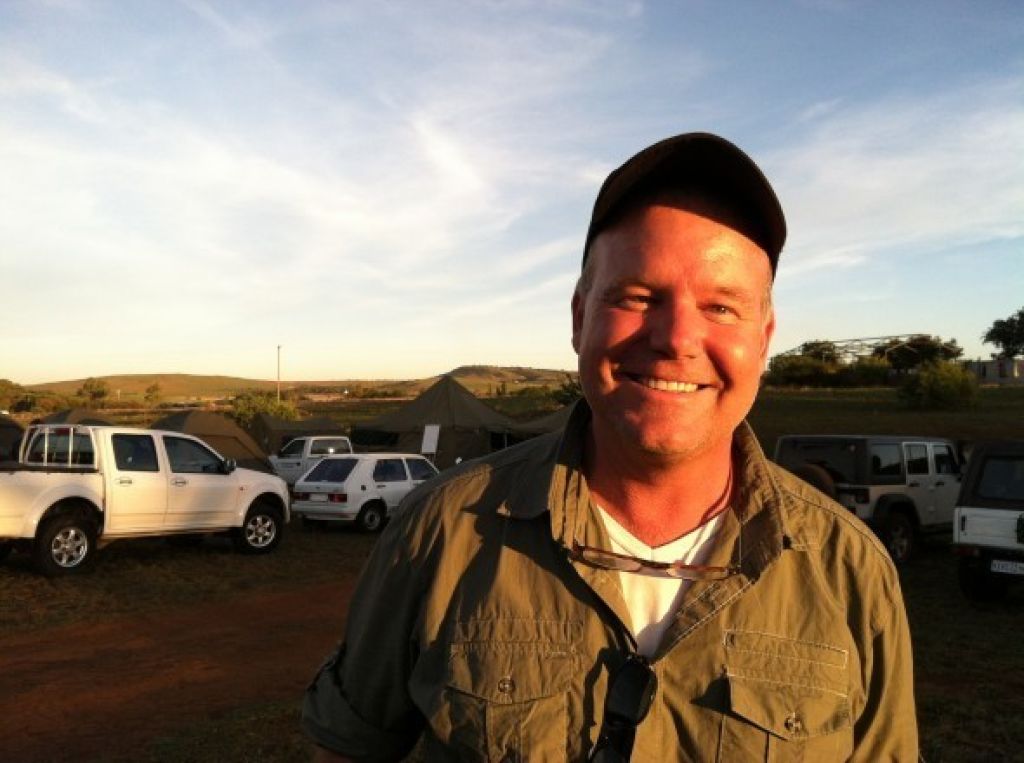Professor Lee Berger unearths fresh hominid fossils

Palaeoanthropologist Professor Lee Berger, of Wits University’s Evolutionary Studies Institute, has done it again.
Over the past couple of days, his expedition team has been retrieving its latest find – hominid fossils in a 30m-deep cave near the Cradle of Humankind.
Entrance into the new site – called the Rising Star Cave – is only 18cm wide and it takes a seriously petite woman to negotiate the dangerously narrow cave. But Berger managed to recruit six suitably sized women scientists with “excellent archaeological, palaeontological and excavation skills” to take on the mission – and it seems they have risen to the occasion.
Berger is most famous for his discovery in 2008, also in the Cradle of Humankind area, of Australopithecus sediba, an entirely new species of hominid that may provide the best answers yet around the evolution of our own species, Homo sapiens.
In a 2010 interview, Berger said that these kinds of fossils are “are probably the rarest, most sought-after objects on planet Earth” – so we eagerly await the results of his (and his svelte team’s) latest find.
For regular updates on Prof Berger and his team's progress, follow @LeeRberger on Twitter and watch the #risingstarexpedition.